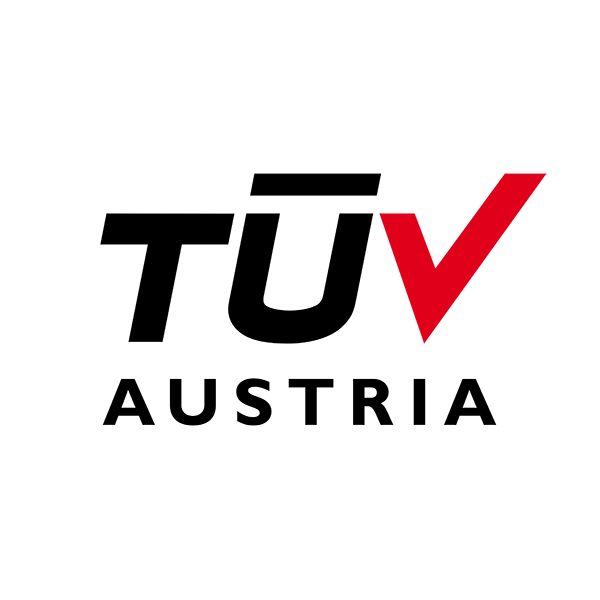Solution: ICT Industrial Computed Tomography
Solution: ICT Industrial Computed Tomography
ICT - Industrial Computed Tomography
Bu çözüme hangi bölgede ihtiyacınız var?
Akkreditasyon
ICT – Industrial Computed Tomography
X-rays to display external geometries in three dimensions, internal structures and
defects of objects.
With the help of industrial computed tomography (CT), X-rays can be used not only to display external geometries in three dimensions, but also all internal structures and defects of objects.
It is also possible to track and analyse the damage behaviour of components by means of a testing machine through tension/compression in real time – this is also possible in a temperature interval. This procedure is called
„in-situ CT“ (or 4D CT).
Differences to medical computed
tomography
In industrial CT, the object to be examined
rotates through 360°.
X-ray voltage and duty cycle:
- Medicine: Maximum 120 kV for a few seconds
- Industry: up to 600 kV for a few hours or days
ICT Computed Tomography by TPA KKS TÜV AUSTRIA Group
- largest and most powerful CT in Austria
- Unique test chamber for tensile and compression tests in Austria
- Detail detectability of a few microns 2 X-ray tubes with X-ray voltages of 300 kV and 450 kV
- Maximum possible component dimensions: Ø 1100 mm x H 1675 mm
- Maximum component weight: 200 kg
- Different detectors for component digitisation
- Metals, non-ferrous metals, plastics, composites, technical ceramics and building materials such as wwood, stone or concrete; textiles
ICT Industrial Computed Tomography: Areas of Application
Destructive testing and in-situ CT
- Tracking crack initiation and propagation
- Tensile/compression tests with defined temperature
Non-destructive testing
- Identification and colour representation of pores, cracks, blowholes, and inclusions
- Location, overall proportion, and manifestations of inhomogeneities
Weld seam inspection
- Assessment of welds regarding welding defects such as pores, binding defects, inclusions, etc.
Damage analysis
- Determination of the actual state as a 3D model
- Detection of defects
- Representation of damage areas
Assembly control
- Control of installed components
Coordinate measuring technology
- Measurement and representation in 2D and 3D
Segmentation of multi-material constructions
- Separation of different materials
Nominal/Actual comparison
- Determine the differences to technical drawings
3D wall thickness measurement
- Analysis and colour-coded representation
Reverse engineering
- Conversion of a CT scan into a CAD model
Manufacturing geometry correction
- Corrections of tools or moulds
- Mesh compensation to eliminate deviations of the actual geometry of additively manufactured components
Simulation
- Component digitisation for FEM analyses
CT and Materials Testing
Industrial computed tomography is a new testing method in materials testing.
The advantage over conventional radiographic testing lies in the three-dimensional
representation and digitisation of the data. With the help of evaluation
software, a variety of analyses are possible.













